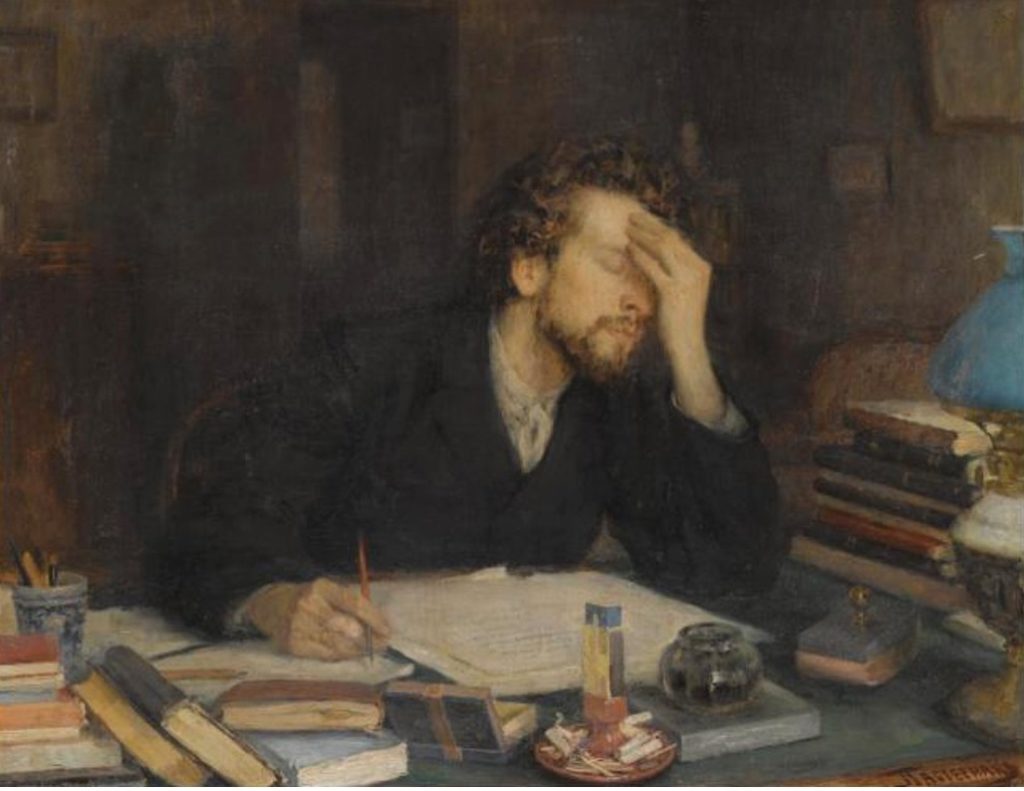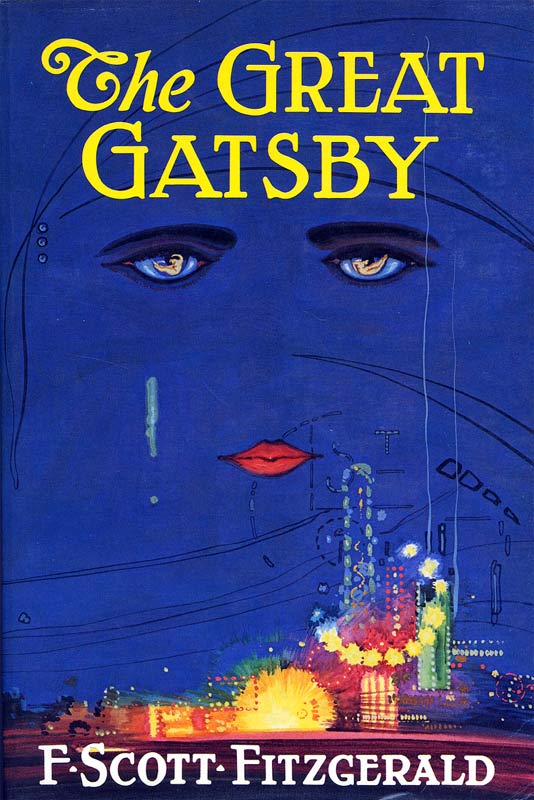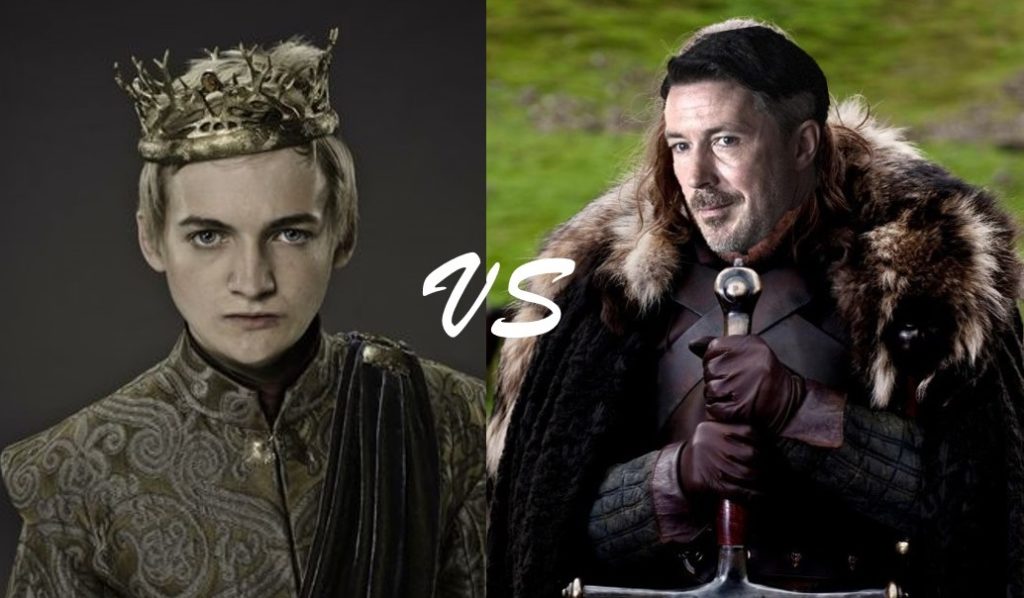[This blog was originally published in Night Owl Reviews]

Please don’t tell me you’ve got a binder or notebook stuffed with pictures you found on the Internet of what your main characters look like, along with facts about them like their favorite color, the first song they danced to, their ideal vacation spot, etc. I mean, you can do that if you’re bored…okay I did that on my website as part of a promotion for my book Reckoning. But don’t mistake this for character development, because it’s not.
The truth is none of your readers really care about these extraneous details beyond their usefulness to build fuzzy portraits of your characters in the mind’s eye. For that superficial purpose, pick a few details which reflect your character’s inner self; for instance: a man who wears a fine suit but has dirty fingernails, or a woman who insists on having sex while listening to death metal music. Those details hint at significant character traits that should play out in important ways during the story.
For example, in The Great Gatsby, Daisy is described at one point in the book as having light hair, then later as having dark hair (so which is it?? Damn you, Fitzgerald!). She’s also described as having a voice that sounds like money. Which detail has more significance to what happens in the story?

Certain genres demand more physical description than other, romance in particular. But this is more of a trope than a requirement. Does it really matter if your heroine has raven-colored hair or ruby-red hair, or if her eyes are like sapphires, or emeralds, or amber? Let’s get real—the vast majority of the time, it doesn’t matter what precious jewel color the heroine’s eyes are as the muscular hero gazes into them longingly. The detail is thrown in there because it’s expected of romance, not because it adds meaning to the story.
But even the ones that hint at deeper character traits are still vestigial pieces you layer into your manuscript after the fact, to add nuance and narrative coherence.
There are only really three things you need to know about your main character(s) before you start writing: what your character desires, what their greatest strengths are, and what their greatest weaknesses are. You MUST know these things before you put any words on the page, because your character’s primary desire, strength, and weakness will determine the thrust of the entire story.
Here’s a rundown on why they’re critical:
- Desires: What does your main character desire more than anything else in the world? Often what they WANT is represented by a physical journey, while what they NEED is an emotional journey. These desires—which may or may not agree with each other (often they don’t)—will be the basis for the entire story arch. For instance, going with my fave Game of Thrones example, in the first book/season, Ned Stark (the primary hero) wants control of the Iron Throne, which non-coincidentally is also what Joffrey, his nemesis, wants. But what Ned needs is to learn how to play the political game (the “game of thrones,” if you will) because that’s the only way for him to get what he wants. As anyone who’s read the books, seen the show, or been on the Internet knows, Ned realizes what he needs at the moment his head is literally on the chopping block—too late, bro!
- Strengths: Your main character’s strengths will determine how they eventually attain what they want, or how they overcome their weaknesses. The most complicated—and compelling—characters have strengths that are also weaknesses. For instance, Ned Stark is loyal and honest, which in a different story world would be strengths but turn out to be weaknesses and prevent him from getting what he wants. Strengths are also important to know so you can craft an antagonist who will nullify your hero’s strengths.
- Weaknesses: Your main character’s weaknesses are key to the story because they prevent your character from getting what he or she wants, which creates the primary conflict and thereby the engine of the whole story. What kind of story would Game of Thrones be if Ned had arrived at King’s Landing already politically savvy, like Littlefinger in a giant bear-fur coat? Pretty boring, that’s what. It’s Ned’s refusal to bend from his strict moral code which propels the story and ultimately leads to its bloody conclusion.

Hopefully by now you’ve noticed characters and plot are intimately linked. So what’s more important: characters or plot?
…
Trick question! They’re both equally important, because each must inform the other. Your characters’ desires, strengths, and weaknesses will determine how the plot should be structured for maximum dramatic effect, while the plot will twist and turn in ways that put maximum pressure on your characters.
Think of it this way: “A story is about someone [character = strengths & weaknesses] who wants something [desire = physical and emotional] and what they’re willing to go through [ plot = the character’s struggle to overcome their weaknesses] to get it.”
